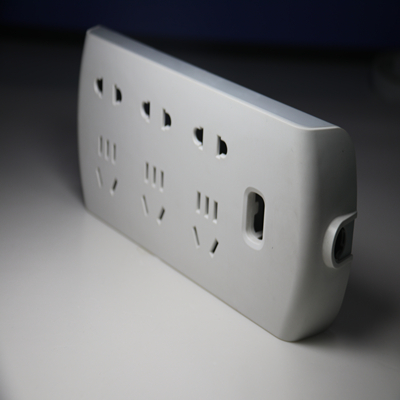Electronic product injection molding
plastic molding manufacture
- Material Science: PC+abs
- INQUIRY
In injection molding process production, the cooling time of plastic injection molded parts accounts for about 80% of the entire injection production cycle. Poor cooling often leads to warping deformation or surface defects of the product, affecting the dimensional stability of the product. Reasonable arrangement of injection, holding pressure and cooling time can improve product quality and productivity.
The cooling time of the part usually refers to the period of time from when the plastic melt fills the cavity of the injection mold to when the part can be opened and the part can be taken out. The time standard for when the mold can be opened and the part can be taken out is usually based on the fact that the part has been fully cured, has a certain strength and rigidity, and will not deform and crack when the mold is opened and ejected.
Even if the same plastic is used for molding, its cooling time varies with the wall thickness, the temperature of the molten plastic, the demoulding temperature of the molded part and the temperature of the injection mold. A formula for accurately calculating the cooling time in all situations has not yet been published, but only formulas based on appropriate assumptions. The calculation formula also varies depending on how the cooling time is defined.
At present, the following three standards are usually used as reference for cooling time:
1. The temperature of the center layer of the thick-walled part of the plastic injection molded part, and the time required to cool it below the thermal deformation temperature of the plastic;
2. The average temperature within the cross-section of the plastic injection molded part and the time required to cool to the specified mold ejection temperature of the product;
3. The temperature of the center layer of the thick part of the wall of the crystalline plastic molded part, the time required to cool below its melting point, or the time required to reach the specified crystallization percentage.
Categories
Blog
Contact Us
Contact: plastic injection molding Company
Phone: +86 181 6575 9852
Tel: +86 755-27164277
E-mail: windward@seaiint.com
Add: Northwest of Huihao Industrial Park, No. 1, Chuangwei Road, Guangming District, Shenzhen






